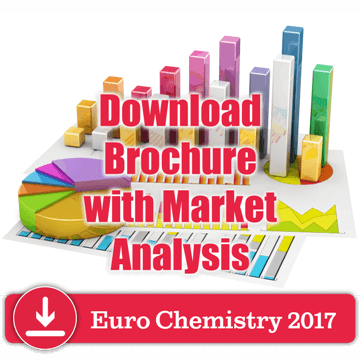Sana Irshad Khan
The University of Agriculture, Pakistan
Title: Bioassay guided isolation of antimicrobial compounds from Aspergillus flavus against the selected wilt causing phytopathogens
Biography
Biography: Sana Irshad Khan
Abstract
The present study was carried out with aim to assist screening and isolation of fungal bioactive natural products. Using column chromatography, 10 (A, B, C, D, E, F, G, H, I and J) isolates were obtained from acetonitril fraction of Aspergillus flavus. Using 200 ppm solution , isolates C (2.00 mm), G (1.80 mm) and H (1.33 mm) were more active (having zone of inhibition ˃1 mm) against C. michiganensis ; followed by isolate J (0.90 mm), I (0.80 mm), E (0.50 mm) and D (0.30 mm) compared to Streptomycin which showed 3.00 mm inhibition zone, where isolate G were found more active showing 2.75 mm zone of inhibition, even higher than standard that showed 2.43 mm inhibition zone (having zone of inhibition ˃1 mm) against X. campestris followed by sample I (1.60 mm), H (1.50 mm) E (0.83 mm) isolates. Isolate G (68.64%) and I (66.95%) were found more potent isolates having %growth inhibition even higher than crude i.e 62.20% against F.oxysporum; followed by isolate F (60.33%), H (59.95%), B (55.33%) and A (55.18%) while isolates D, E and J showed less than 50% inhibition potential (4.9.15%, 40.67% 49.15%). TLC of isolated fractions showed that isolates G, H, I and J; H, I and J; and A, B, C, H and I share one compound having Rf valve of of 0.38, and 0.62 and 0.93 respectively. Reverse phase HPLC (RP-HPLC) operated with photo diode array (PDA) detector chromatograms of all isolates showed 2 peaks eluted between Rt of 1 min to 4 min when 20 µL solution taken from 20 µg.mL-1 was injected. Further investigation including spectroscopic analysis on the separation and isolation of potent metabolites is suggested to get useful lead structure for development of novel antibiotics to combat resistant pathogens.

